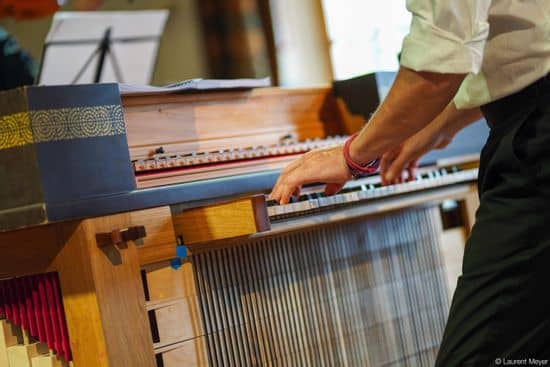Promenades musicales du Pays d'Auge
Bach’s Advent Cantatas
BilletterieThe four weeks leading up to Christmas are an intense period in the lives of Christians: a time of waiting for the incarnation of Christ. While waiting for this to happen (hence the name “Advent”), this period is a time of remembrance, preparation, and penance for the faithful.
In December 1714, Bach marked the beginning of the first Sunday of Advent with the cantata BWV 61, which gloriously intones Martin Luther’s hymn: Nun komm der Heiden Heiland (“Come, Savior of the Gentiles,” inspired by St. Ambrose’s Veni redemptor gentium), supported by the pomp of a French overture. With his position at the Weimar court chapel, where he arrived in 1708, Bach had the opportunity to discover many musical styles: French music at the neighboring court of Selz, Italian music through the scores commissioned for the princely library.
Ten years later, he revisited this same text to deliver a new musical interpretation (BWV 62) as part of his new duties as cantor at St. Thomas Church in Leipzig. It was also for Leipzig that he composed the third Advent cantata that has come down to us: Schwindt freudig euch Empor (BWV 36) in December 1731.
For this occasion, Bach reused music he had previously composed for the birthday of a university professor. This secular festive character echoes the Gospel account of Christ’s entry into Jerusalem, moving away from an atmosphere of contemplation to the exaltation of the crowd shouting “hosanna” at Christ’s arrival.
